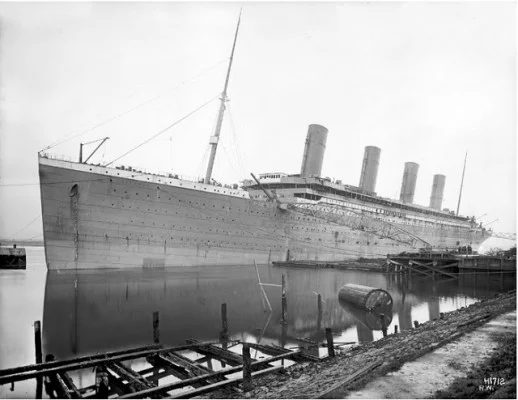For over a century, the sad story of the RMS Titanic has gripped the attention of the world. As yet there are quite a few stories from that infamous April night that stay relatively unknown. For example…
9 The Weather Was Perfect
It is easy to visualize the Titanic raging against huge waves, with rain and fog concealing the iceberg that sent her to the watery grave. In actuality, the opposite was in fact true.
As the Titanic sailed forward to her demise, the weather was perfect, and eerily calm. With no waves or wind, the sea was stretched out like a flawless mirror, the solitary ripples within the water were coming from the ship herself and she coasted along. That perfect weather might have just been the cause of her demise.
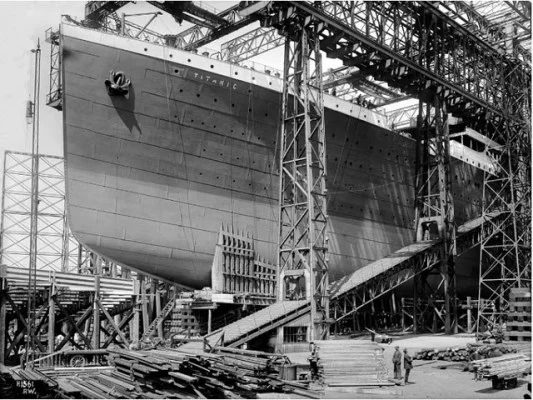
It is claimed by meteorologist Edward Lawrence, that even a gentle swell could have been adequate to push phosphorescent plankton close to the border of the iceberg. The plankton, which glows intensely when they are disturbed, could have in essence outlined the hazard for the watchman on the Titanic. The ship’s second mate (second officer), Charles Lightoller, specifically mentioned the lack of glowing plankton which could have been one of the reasons for the disaster.
Regrettably, by the time the iceberg was sighted, there was no time to avert the collision. The 1912 inquiry into the sinking discovered that the Titanic had only 37 seconds to attempt to alter their course, even though a more recent assessment of the evidence proposes it was really a little over a minute. No matter, the ship was doomed. After the ship had sunk into the freezing cold water; a bitter wind blew around, making the passengers struggle even more for survival.
8 It Was On Fire the Whole Trip

Not long before her fateful maiden journey, a fire started in the Titanic’s coal bunker. As disclosed during the British questions into the catastrophe, the flames continued to rage when the ship sailed out for New York, causing a potentially hazardous condition for those on board.
Claimed by the surviving stoker J Dilley, “We didn’t get that fire out and among the stokers there was talk that we’d have to empty the big coal bunkers after we’d put the passengers off in New York and then call on the fireboats there to help us put out the fire.”
That did not turn out to be essential, since Dilley claimed the flames had been extinguished when the iceberg sliced through the hull, and the bunkers overflowed with seawater.
According to other crew members, the fire was extinguished successfully the day before the ship bashed into the iceberg. Either way, the Titanic was on fire for nearly the whole voyage. This was not certainly disastrous, since the bunkers were designed to handle coal fires.
Though it definitely increased the risk of the trip, and White Star Line director Bruce Ismay later alleged that the ship’s holder, J.P Morgan, made the crew sail at full velocity in order to “reach New York and unload all the passengers before the inevitable explosions occurred.” Morgan himself was schedule to sail on the Titanic, but changed his mind at the last minute and pulled out.
7 The Tragic Foresight of William T. Stead
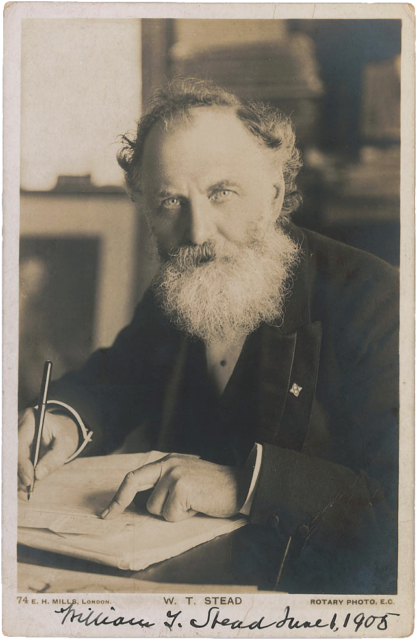
In the year of 1886, the legendary journalist William T. Stead composed a fictional story around an Atlantic mail streamer sinking after a collision, with almost all of the passengers drowning due to the lack of lifeboats. Stead meant for the story to attract attention to the lax nautical standards, which generally did not require ships to transport an adequate amount of lifeboats for every person on board.
Stead revisited the topic in the year of 1892, with a work of fiction based on the White Star Line’s Majestic. In the climactic chapter, the ship is crossing the Atlantic filled with tourists. When abruptly:
‘There was a sound as if the steamer was crashing through ice and the screws were churning amid ice blocks. Passengers felt their way cautiously to the deck. It was wet and clammy and bitterly cold. Every half-minute the fog whistle blew. The crashing of ice against the sides of the ship and clamping of ice under the screws made it difficult to speak so as to be heard. Then there came a cry: ‘Icebergs on the starboard.’
Two decades late, Stead had lost his own life being a passenger on the Titanic. The liner only carried 20 lifeboats, scarcely enough for half the passengers aboard the Titanic.
6 The Captain Failed His Navigation Test
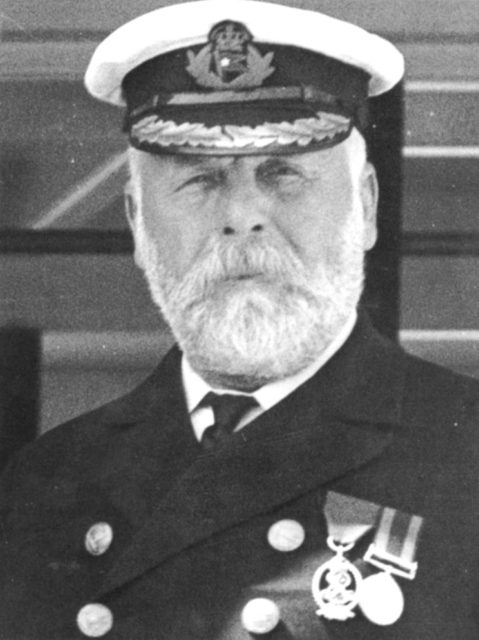
Edward John Smith, the sea captain of the Titanic, has been the subject of numerous tales since the night he went down with his ship. Many that he personally rescued a child’s life before vanishing into the Atlantic. However, it has been said that this heroic image was not the complete truth.
Captain Smith not only ignored countless ice warnings, but failed to keep the ship at a sensible speed. He also permitted lifeboats to leave the ship half empty. The first boat to leave merely had 27 passengers, but 65 seats were available. In addition, Smith failed to supply a distinct “abandon ship” order, which led to countless passengers not knowing the graveness of the situation they found themselves in.
In 2012, it was disclosed that Smith actually failed his navigation test the first time he took it. He did later pass the test in the year of 1888, but that first failure was possibly a bad omen. Ironically, before the Titanic catastrophe, Smith had earned the nickname of “the millionaire’s captain” in regards to his report for smooth dependability.
5 The Real Titanic Necklace
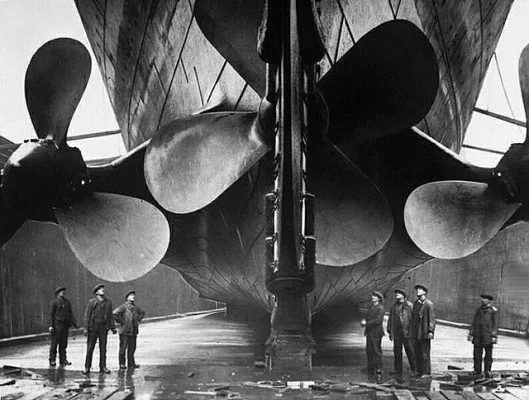
James Cameron’s Titanic features a forbidden romance and a glorious necklace recognized as the “Heart of the Ocean”, information that one would assume was merely added to make the movie more fascinating. Though it turns out the actual Titanic played host to a very similar story, as passenger Kate Florence Philips acquired a precious sapphire necklace from her illicit lover, Henry Morley.
Morley was a rich 40-year-old confectionery store owner from Worcester, England, and Kate, who was 19 years old, was employed as his counter aid. Before long, things went beyond the professional, and Morley started planning to leave his wife and young daughter to have a relationship with Kate.
The couple had planned to run off on board the Titanic to start a new life in California. After the iceberg collision, Kate was put aboard the very last lifeboat. Unfortunately, Morley was not so lucky.
Precisely nine months after the catastrophe, Kate had given birth to a baby girl who she named Ellen. In the year of 1989, Ellen’s story became known after she went to the Worcester News office, searching for a picture of her father. The newspaper had beforehand published an article containing information o the Worcester victims of the Titanic.
The 76-year-old Ellen cried as she clutched her father’s photograph. She told her mother’s story, and disclosed that she still owned Kate’s sapphire necklace, as well as the cabin key from the Titanic.
In 2012, Ellen’s granddaughter, Beverley Farmer, as well as Morley’s great granddaughter Deborah Allen, held a reunion to commemorate the 100th anniversary of the Titanic tragedy.
4 Mistakes and Theories
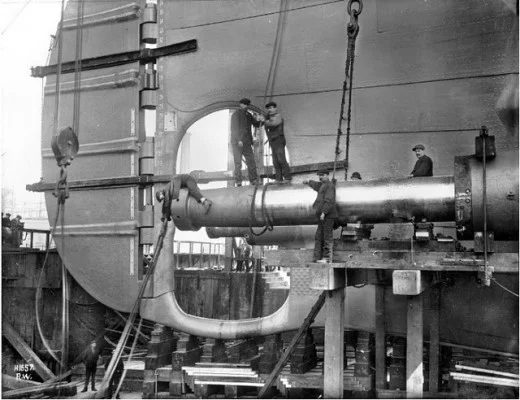
We are all aware that the iceberg is the reason why the Titanic sunk, but over the years there have been many attempts to learn why she collided with the iceberg in the first place. Immediately following the tragedy, inquiries from both the US and Britain decided that the ship was traveling far too fast.
At a slower speed, the casualty would have been minimized, or it may have been possible to avoid the iceberg completely. As it was, the collision broke open six of the ship’s compartments, whereas flooding in any less than four compartments would not be enough to sink the ship.
In 2010, the author Louise Patton, the granddaughter of the second mate Charles Lightoller, advised that the ship could have prevented the collision completely if the helmsman, Robert Hitchins, had not panicked and turned the ship in the wrong direction.
Patton claimed that her grandfather conspired to cover up the fault during both the American and British inquiries into the sinking, believing that the truth would destroy the reputation of the White Star Line, and his fellow crew members.
In the meantime, two astronomers from Texas State University had theorized that an uncommon “supermoon” might have been responsible for setting the iceberg in motion. A supermoon occurs when the Moon approaches its nearest point to the Earth during the same time as the full moon. January 4, 1912, experienced a remarkable example, as the Moon came closer to the Earth than at any other time in the last 1,400 years.
This occurrence happened only a day after the Earth’s perihelion. As if that was not enough, the Sun and the Moon were also aligned, causing a remarkably strong tide. These outstanding astronomical events could have set the Titanic’s tragedy in motion, with an extreme tide placing a high amount of icebergs in the course of the ocean liner.
3 Elizabeth Shutes
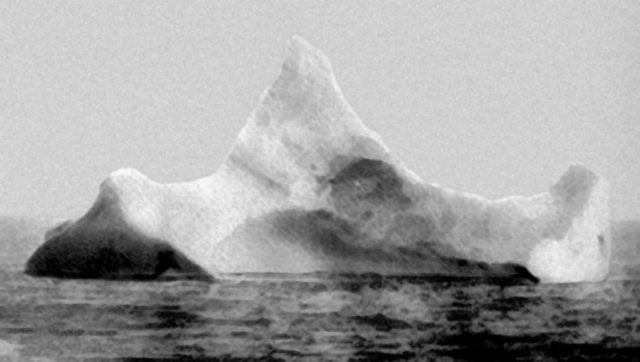
In the motion picture, the smell of ice did not help to keep the Titanic out of harm’s way. In reality, passenger Elizabeth Shutes was so uneasy by the smell of ice that she could not sleep, claiming that it reminded her vividly of an ice cave she visited at one time. Fortunately, she survived, and wrote an interesting chronicle of the sinking.
Elizabeth was on the Titanic to act as governess to Margaret Graham who was 19 years old. When the ship first shuddered and trembled after the impact, she was not particularly troubled, and she was sure that the huge liner would be safe and sound. As she continued to relax in her cabin, an abrupt knock at the door altered everything.
A friend had reported seeing a tremendous iceberg pass by her window, adding that she was positive they had collided with it. When she asked the officer and stewardess about what was going on, she received no adequate answer.
Only when the first class passengers were headed to the upper deck did Elizabeth then recognize the severity of their position. In her memoir, Elizabeth wrote that only 36 people were placed in the lifeboat she was in, barely half the amount it could have held. At the time, she wanted to stay close to the ship, because she could not comprehend such a vast liner sinking. Nevertheless, the ship vanished before her eyes into the depth of the sea. Just when she started giving up hope, the SS Carpathia materialized to take the survivors to safety.
2 The Titanic and The Costa Concordia
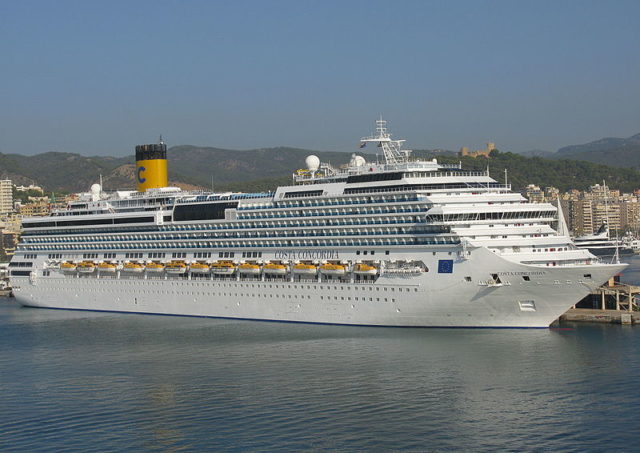
Ever since the catastrophic wreck of the Italian liner Costa Concordia, people have noticed many parallels with the Titanic tragedy. Some Concordia survivors have actually stated that Celine Dion’s famed theme song was playing in the dining room as the ship collided with the rocks. It’s also shocking to note that the ships met their end exactly a century apart, in 1912 and 2012.
There are some other similarities. Both were improperly christened, the champagne bottle used to christen the Costa Concordia did not break. There is a tale that the exact same thing occurred during the Titanic’s christening, but in reality, she was not christened at all. Both catastrophes were mainly blamed on human error, and both of the ships had the identical top speed.
Nevertheless, the honor of the two captains contrasts significantly. While Captain Smith of the Titanic is fondly remembered as a hero who stayed on his ship while it went down, Francesco Schettino will always be remembered as the captain who left his ship in grave danger before all the passengers could be saved. When Schettino and the second mate left, around 300 passengers were still on the ship of Concordia.
1 Optical Illusions

Countless distress signals were sent from the Titanic as she was sinking to her doom. A nearby ship, the Californian, appeared to ignore them, even as numerous rockets lit up the night sky. The Californian’s captain lost his job over the scandal, as some allege that he blatantly disregarded the rockets. Nonetheless, the ongoing study into the Titanic tragedy has come up with a more believable explanation, and it was light refraction.
The night the disaster happened, the Titanic was sailing through an area of thermal inversion, where layers of cold air are underneath an area of warmer air.
Thermal inversion drives light to refract abnormally, which can cause mirages. Reported by historian Tim Maltin, countless ships in the area recorded figures of optical illusions on the night the Titanic sank. Maltin is convinced that the state contributed to irregular light refraction, and that this might explain why the lookouts entirely missed the iceberg until it was too late.
A corresponding mirage would have as well kept the crew of the Californian from accurately distinguishing the Titanic‘s distress signals. Maltin’s discoveries came in 2012, a whole 20 years after the British government abandoned their own inquiries into light refraction, and as well the Titanic.
